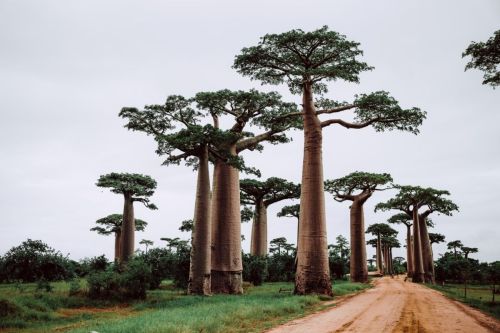20 facts about Laughing kookaburra
Laughing kookaburra is the largest member of a kingfisher family. It is best known for the distinctive sound it emits, which perfectly resembles human ...
These unusual birds were spoken of as early as the 16th century. They were admired by European sailors and merchants, to whom the natives were the first to show the unusually beautiful bird feathers. The inhabitants of the Malay Archipelago called these birds "manuk dewata" or "bolong diuata" - the birds of the god. Portuguese sailors called them the birds of the sun, and the name of birds of paradise was probably given by the Dutch traveler and historian Jan van Linschoten, who sailing in the areas where they occurred, was delighted by the colorful birds soaring in the skies.













